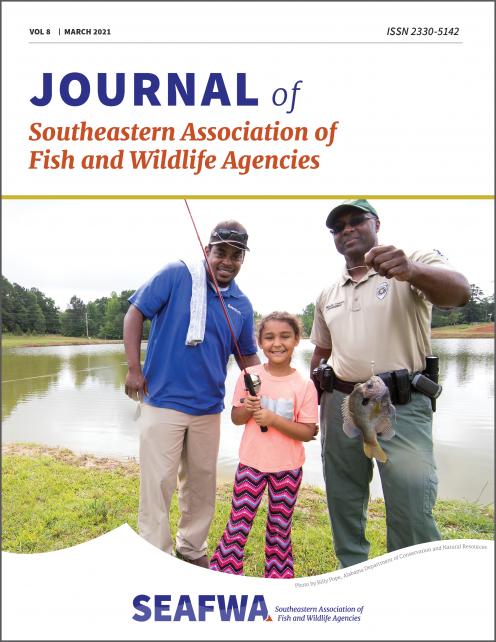Evaluation of Recruitment Variability Factors and Indexing Techniques for Channel Catfish in Oklahoma
Commonly, fisheries management decisions are based on one-time samples, which are generally adequate for assessing key rate functions, such as age and growth, but are of limited value for assessing recruitment. Recruitment variability has not been indexed for channel catfish (Ictalurus punctatus). Further evaluation of practical recruitment indexing methods from single sampling events and identification of potential drivers in recruitment variability could provide biologists with additional information needed for improved management of channel catfish populations....
